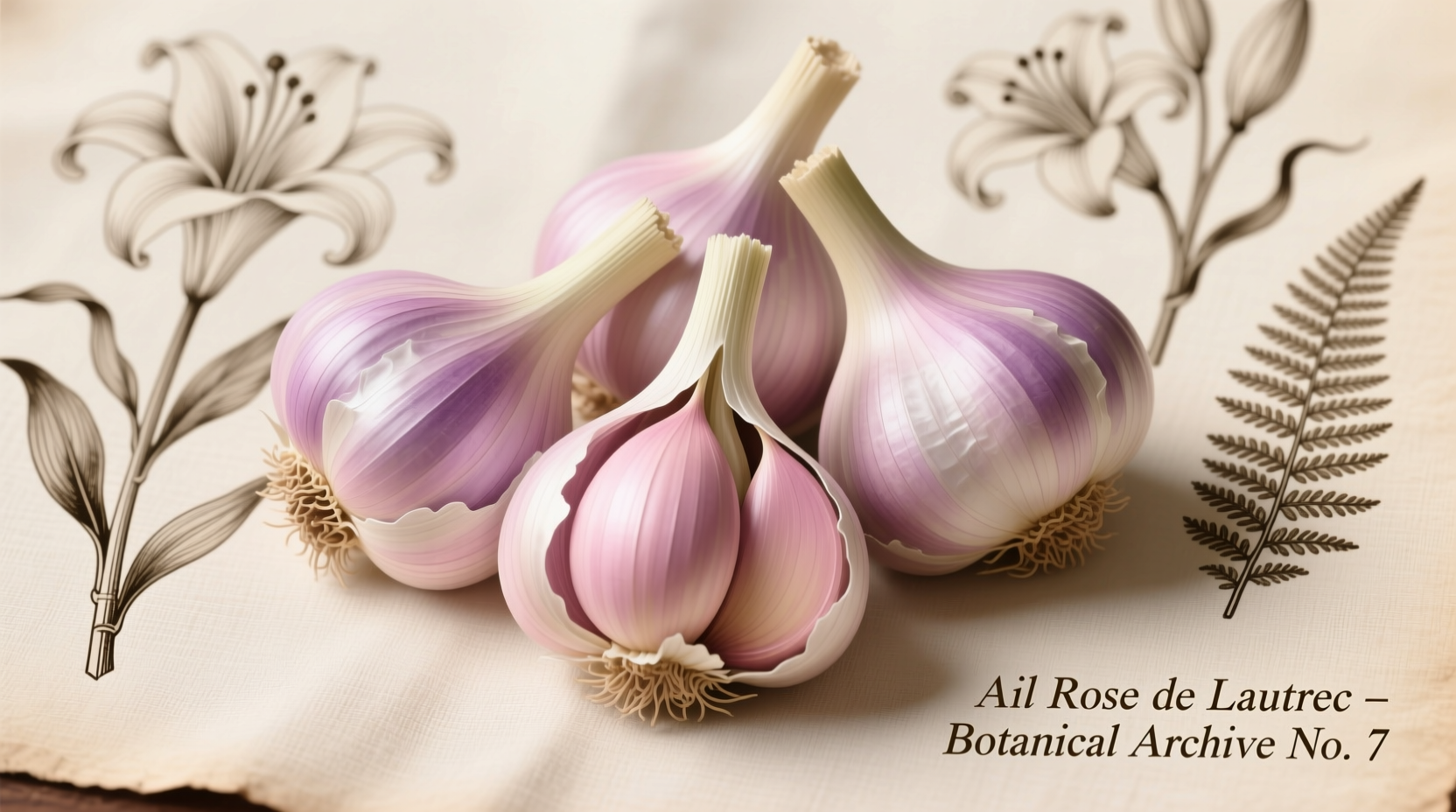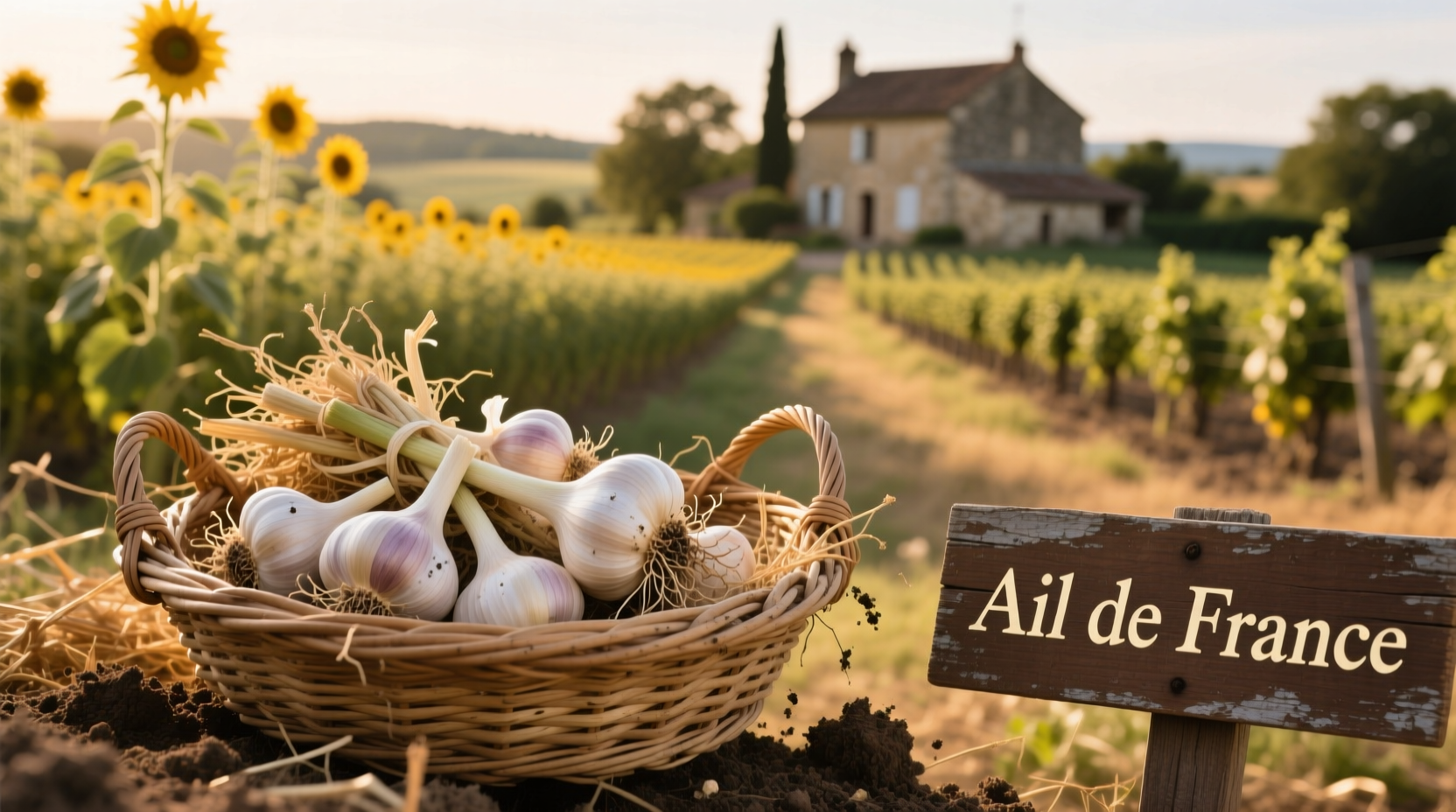When you bite into a traditional Provençal aioli or savor the subtle garlic notes in a perfectly roasted coq au vin, you're experiencing centuries of culinary tradition. French garlic isn't just an ingredient—it's a cultural cornerstone with protected varieties, regional distinctions, and cooking techniques perfected over generations. This guide reveals what makes French garlic unique, where to find authentic varieties, and how to use them like a local chef.
The Historical Roots of Garlic in French Cuisine
Garlic arrived in Gaul with Roman legions around the 1st century BCE, initially viewed as peasant food. By the Middle Ages, it gained acceptance across social classes, appearing in the 14th century cookbook Le Viandier by Guillaume Tirel (known as Taillevent), personal chef to French kings Charles V and Charles VI. The Renaissance brought Italian influences that further elevated garlic's status, while the 19th century codified its place in French culinary identity through Auguste Escoffier's foundational works.
| Era | Garlic Significance | Key Culinary Developments |
|---|---|---|
| Roman Gaul (1st-5th c.) | Introduced as medicinal plant | First recorded use in military camps |
| Medieval Period (5th-15th c.) | Peasant staple, medicinal uses | Appears in early cookbooks like Le Ménage Royal |
| Renaissance (16th c.) | Accepted in noble kitchens | Italian-French culinary fusion |
| 19th Century | Essential to French identity | Escoffier's recipes standardize usage |
| Modern Era | Protected regional varieties | Ail Rose de Lautrec receives IGP status (2007) |
France's Signature Garlic Varieties: Beyond the Ordinary
While most supermarkets sell generic garlic, France boasts distinctive regional varieties with protected status and unique flavor profiles. The crown jewel is Ail Rose de Lautrec, which received IGP (Indication Géographique Protégée) certification in 2007—the first garlic variety in the world to earn this distinction. Grown exclusively in the Tarn department of southern France, its pink-tinged cloves offer a delicate balance of pungency and sweetness that intensifies when roasted.
Other notable French garlic varieties include:
- Ail Blanc de Lomagne (also IGP-protected): Larger bulbs with robust flavor from Gascony
- Ail de la Ferme du Château: Grown near Lyon using traditional methods
- Ail des Charois: Smaller cloves with intense flavor from Provence

Regional Garlic Traditions Across France
Garlic usage varies dramatically across France's culinary landscape. In Provence, garlic forms the foundation of aioli and aïgade, while Brittany incorporates it subtly into seafood preparations. The southwest celebrates with confit d'ail (garlic preserved in duck fat), and Burgundy features it in escargots à la bourguignonne.
Understanding these regional distinctions helps avoid culinary missteps. For example, Provençal cooks typically use raw garlic in sauces, while northern French chefs prefer roasted or sautéed garlic to mellow its intensity. This regional variation reflects France's agricultural diversity and historical trade routes that shaped local palates.
Why Ail Rose de Lautrec Stands Apart
Grown in the Midi-Pyrénées region under strict IGP regulations, Ail Rose de Lautrec must meet specific criteria:
- Cultivated in designated areas of Tarn department
- Traditional planting methods using whole cloves (not separated)
- Natural drying process preserving enzymatic properties
- Distinct pinkish skin and 6-8 symmetrical cloves per bulb
According to France's National Institute of Origin and Quality (INAO), which oversees IGP products, Ail Rose de Lautrec contains higher allicin levels than commercial varieties, contributing to both its distinctive flavor and health benefits. The official IGP documentation details the precise cultivation requirements that preserve this garlic's unique characteristics.
Practical Guide for Garlic Enthusiasts
Selecting authentic French garlic: Look for IGP certification labels, pinkish skin tones (for Ail Rose), and firm bulbs without sprouting. French garlic typically has tighter cloves and thinner skins than commercial varieties.
Storage secrets: Unlike supermarket garlic, authentic French varieties should be stored in a cool, dark place with good air circulation—never refrigerated. Properly stored, Ail Rose de Lautrec maintains quality for 6-8 months.
Cooking techniques: French chefs recommend crushing garlic with salt before incorporating into dishes to release maximum flavor. For sauces like aioli, use raw garlic; for roasts and stews, add whole cloves early in cooking for subtle infusion.
Experiencing Garlic Culture in France
Plan your visit around these garlic-centric events:
- Fête de l'Ail Rose de Lautrec (August): Week-long celebration with cooking demos, market stalls, and garlic-themed dishes
- Sarlat Market (Dordogne): Saturday morning market featuring regional garlic varieties
- Les Halles de Lyon: France's finest food market with dedicated garlic vendors
When traveling through southern France between July and September, look for roadside stands selling freshly harvested garlic—a tradition dating back centuries. These direct-from-farm sales offer the freshest experience of France's garlic heritage.
Frequently Asked Questions
What makes French garlic different from regular supermarket garlic?
French regional varieties like Ail Rose de Lautrec feature distinctive pinkish skin, more symmetrical cloves, and a complex flavor profile balancing pungency with subtle sweetness. Protected varieties follow strict cultivation standards that preserve traditional characteristics lost in mass-produced garlic.
When is the best time to buy fresh French garlic?
Harvest season runs from June to September, with peak availability in July and August. This is when you'll find the freshest bulbs at markets throughout southern France, particularly in Tarn, where Ail Rose de Lautrec is grown.
How should I store French garlic to maintain its quality?
Store in a cool, dark place with good air circulation—never refrigerate. Authentic French garlic varieties contain less moisture than commercial types, so they require proper ventilation. A mesh bag in a pantry typically preserves quality for 6-8 months.
Can I grow Ail Rose de Lautrec outside its protected region?
While you can plant the cloves elsewhere, the distinctive characteristics develop only in Tarn's specific terroir. The IGP certification requires both geographical origin and traditional cultivation methods, so garlic grown outside the designated area cannot legally be called Ail Rose de Lautrec.











 浙公网安备
33010002000092号
浙公网安备
33010002000092号 浙B2-20120091-4
浙B2-20120091-4